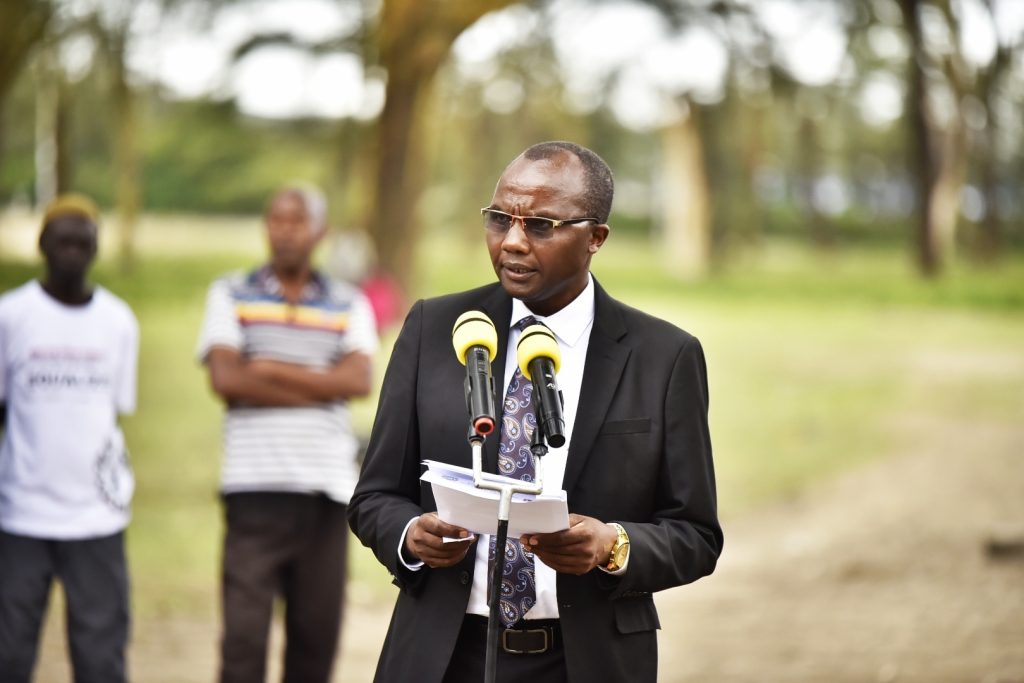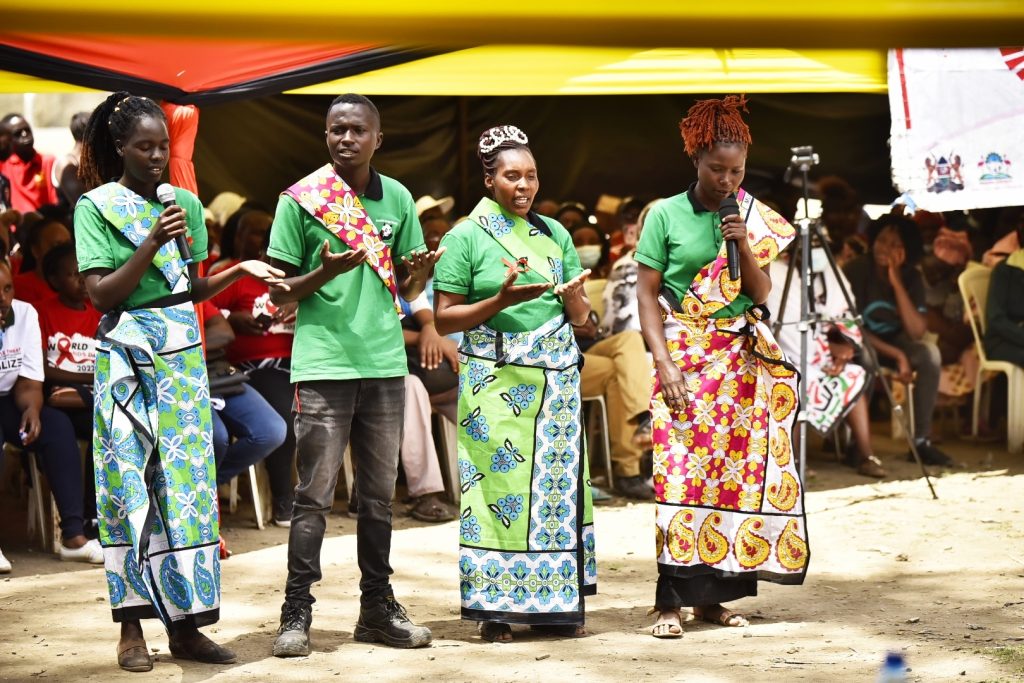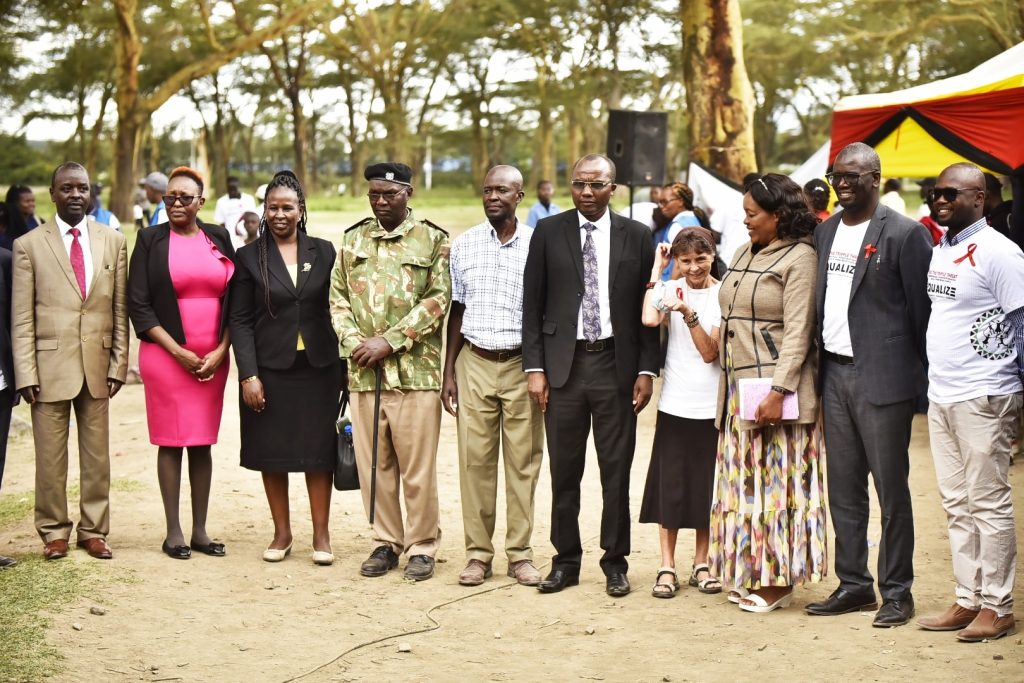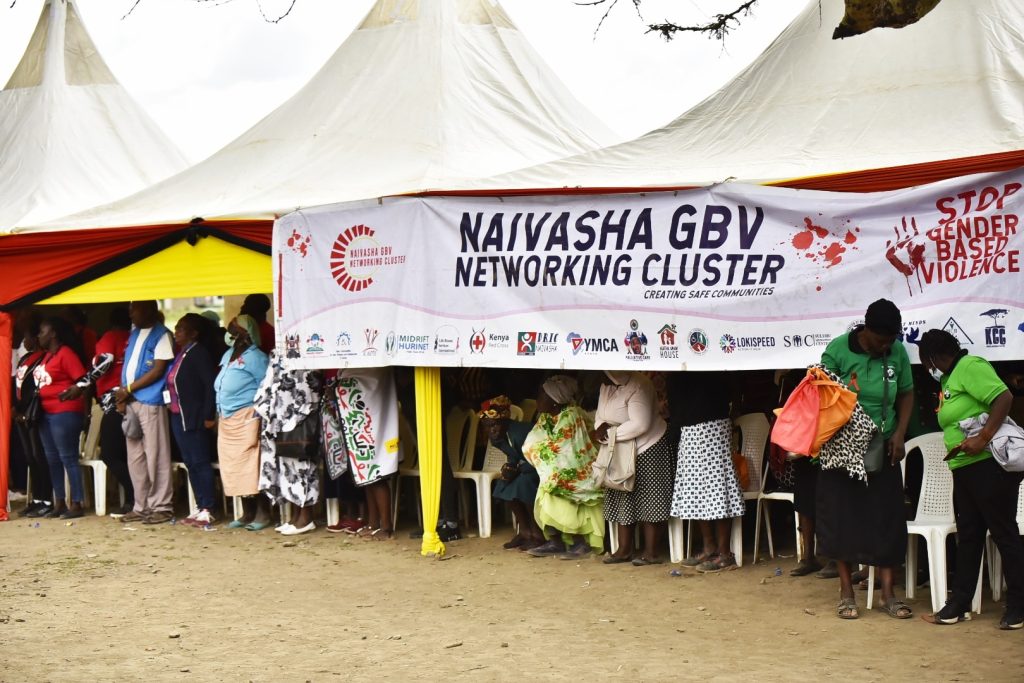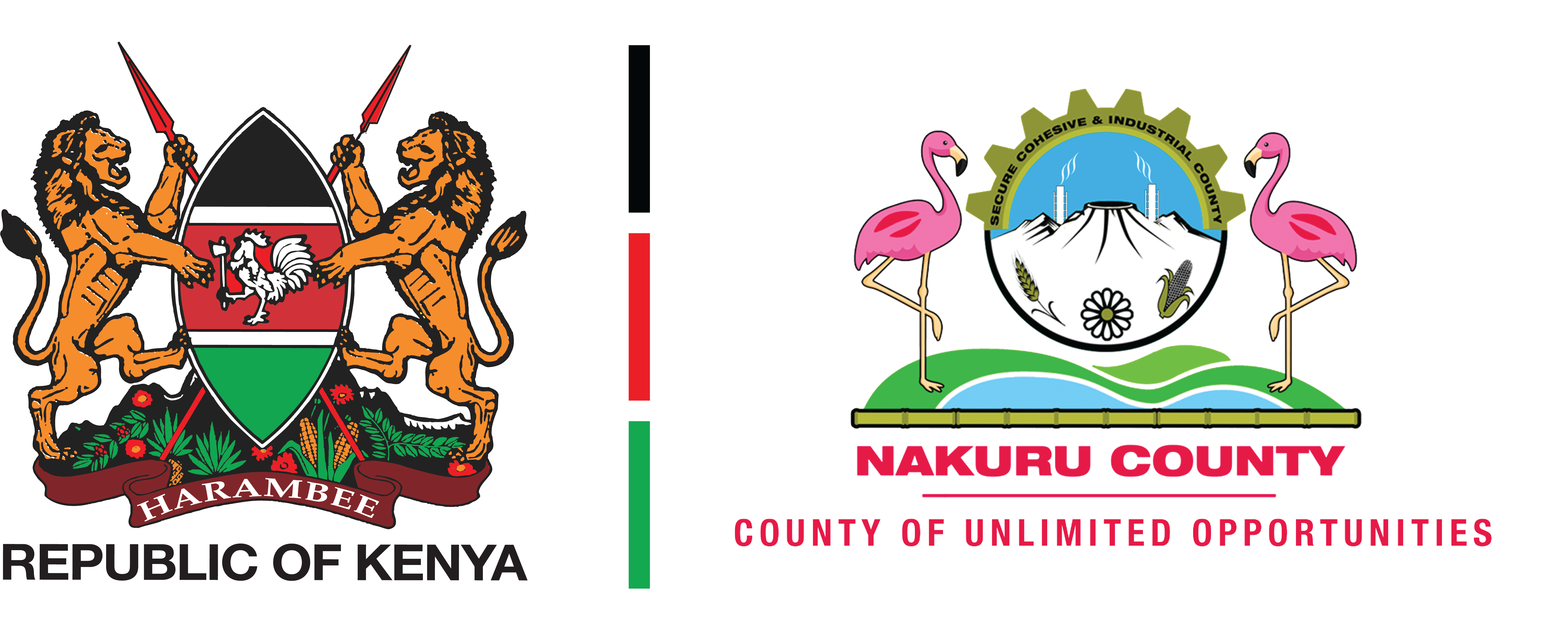WORLD AIDS DAY SPEECH BY NAKURU COUNTY GOVERNMENT GOVERNOR, H E SUSAN KITHIKA AT SAWELA LODGE, NAIVASHA ON DECEMBER 1, 2022
The County Commissioner
County Officials
Community leaders
Ladies and gentlemen
Hamjamboni nyote!
We are gathered here today to mark the World – AIDS Day as we remember the devastating effect of HIV pandemic, how far we have come, the work ahead of us and our heroes along the way.
And so many of you know and have relations with people who havewhether they are family members or friendsthat you have watched them, in the past, wither away to HIV-AIDS related illness.
And to all of you who have contributed so much in the advocacy for better prevention services for those at risk of getting HIV and improved care services; and living with HIV, breaking down the stigma and disinformation that still exists around HIV-AIDS, I want to thanks you for putting your heart into your work.
As I stand here today, I once more, raise the red ribbon on the devastating malaise, the price that humanity has paid with a total of 36 million lives globally, and to call to action the public and the private sector to step and fill the gaps identified in the fight against the deadly disease.
This years World AIDS DAY theme is a call to action–all of us–to end inequalities perpetuated by new HIV infections, teenage pregnancies, and sexual gender based violence among adolescents and young persons. It is an opportunity for all of us to spread awareness about the status of the pandemic and encourage progress in HIV-AIDS prevention, treatment and care in our county, nationally and globally.
Ladies and gentlemen,
We will contribute immensely towards this task when we engage as stakeholders sharing a conversation about the future of our young generation, about shaping attitudes and behaviour of our children. We are currently facing a new challenge of teenage pregnancies, increasing new HIV infections and sexual and gender-based violence confronting our adolescents. This triple threats to the HIV-AIDS campaign, poses a challenge we have to surmount. The critical question we should ask ourselves is how long will we continue to accept preventable new HIV infections, especially among our children and adolescents, 38 years down the line?
I will begin with New HIV Infections. I want to, sadly, report that the review of our data has established that our current treatment and prevention strategies are insufficient to end HIV as a public health threat by 2030. Nakuru County recorded an overall slight drop in new HIV infections between 2019 and 2020 of about 5.6 per cent. However, there was an increase of new HIV infections among children aged 10 to 19 years from 185 in 2019 to 297 in 2021. This trend is comparatively high compared to the national estimate which show that new infections have dropped from 18,004 in 2006 to 5,294 in 2021. Nakuru, however, recorded a 17 percent drop in AIDS-related deaths among adolescents aged 10-19 between 2020 and 2021.
Turning to data on Antenatal clinic visits, it is discouraging to report that for every 100 people attending the Antenatal clinic in Nakuru County, 22 are aged between 10 and 19. These numbers have been the average for the last six years. Although we witnessed a decline in adolescent pregnancies from 18 per cent in 2020 to 14 percent in 2021, it is not fast and significant enough to secure the future of our girls.
This means that our young girls are becoming mothers when they ought to be pupils. Last year, our records show that we had 11,469 girls aged 10-19 attending the clinic for pregnant mothers and from January to May this 3,449 teenage pregnancies have been recorded so far. This is unacceptable and we must all do something to save our girls.
Allow me to state here that the root causes of high adolescent pregnancies are found in our cultural practices such as circumcision, child marriages, and sexual and gender-based violence. In the last five years, about half of all sexual and gender-based violence cases reported in our country were among adolescents aged 10-17 which stand at 84 percent.
Ladies and gentlemen,
In Nakuru County, over the last six years, the Sexual and gender based violence (SGBV) cases among adolescents aged 10-17 years have increased by 40 per cent, from 439 cases in 2016 to 1,099 in 2021. Between January and May this, 477 cases of SGBV were recorded among girls aged 10-17 years. This is a worrying trend because these are not just numbers; it is a pointer to a deeper societal crisis. If we want our girls to complete secondary school education, we must lower vulnerabilities to HIV and other poor health outcomes.
Similarly, child marriages in some of our communities have been normalized. Parents are happy to receive bride prices for girls as young as ten. To win this battle, we have to fight those behind these vices and shun outdated cultural norms. When a young girl gets pregnant, she has had unprotected sex, exposing her to unexpected motherhood and the possibility of contracting HIV and other sexually transmitted infections. She will also lead to school dropout, joining a lifelong cycle of poverty.
To reverse the triple threat, we are going to put our foot on the gas and accelerate of efforts to teenage pregnancies, increasing new HIV infections and sexual and gender-based violence. And it centres on the kind of innovative, community driven solutions that we are going to put in place. We must rescue the affected girls and ensure they are taken back to school while building a solid community system that will end these challenges at the County and national levels. The era of looking the other way and letting perpetrators of sexual and gender-based violence walk scot-free must end.
In conclusion, am persuaded to believe that with concerted efforts from all of us, we can eliminate the gaps that engender the spread of HIV-AIDS in our county, in our country. We can slow down the pandemic, create new opportunities for our adolescents and give them a hope for tomorrow. We are all obliged, and we have the tools to fight the war. LET US ACT NOW
Asanteni
H E Susan Kihika
Governor, Nakuru County
